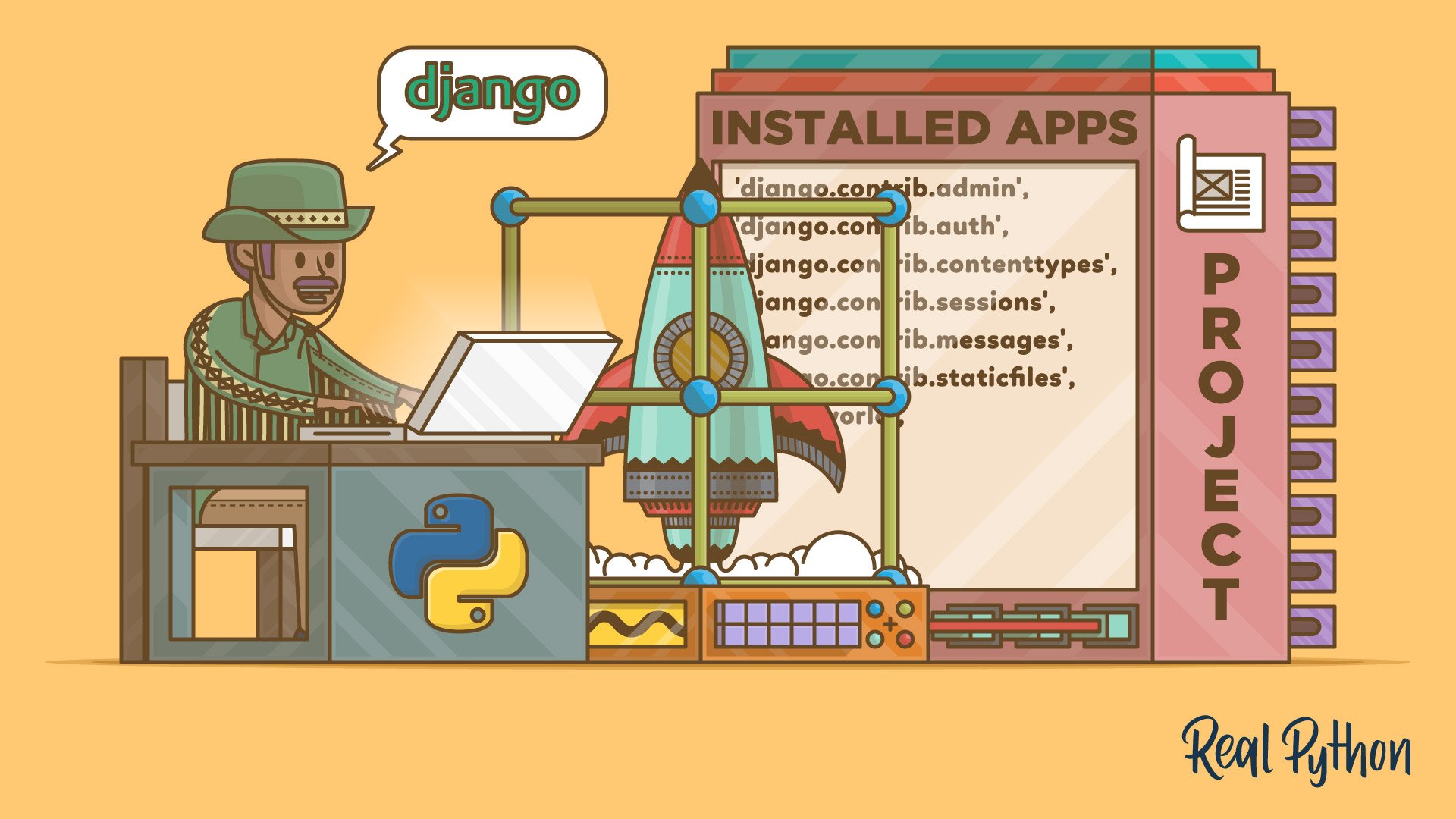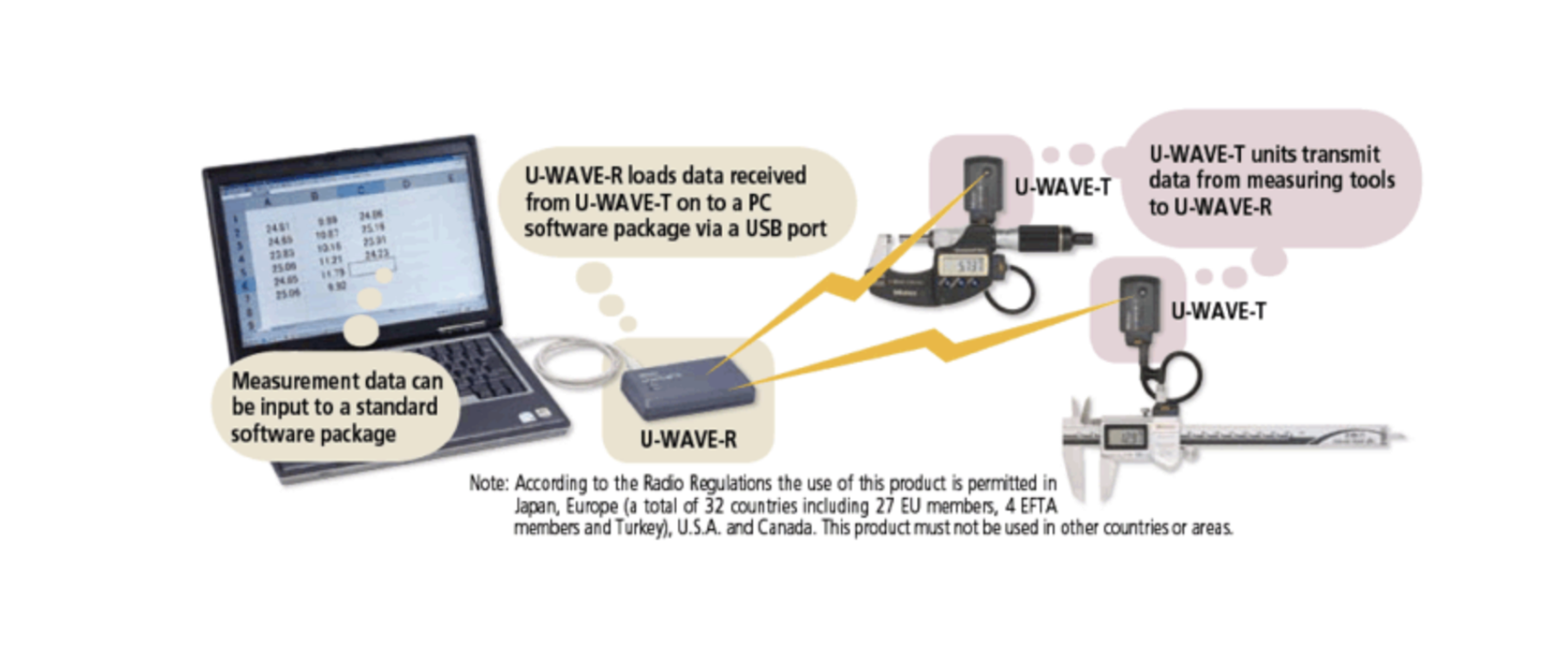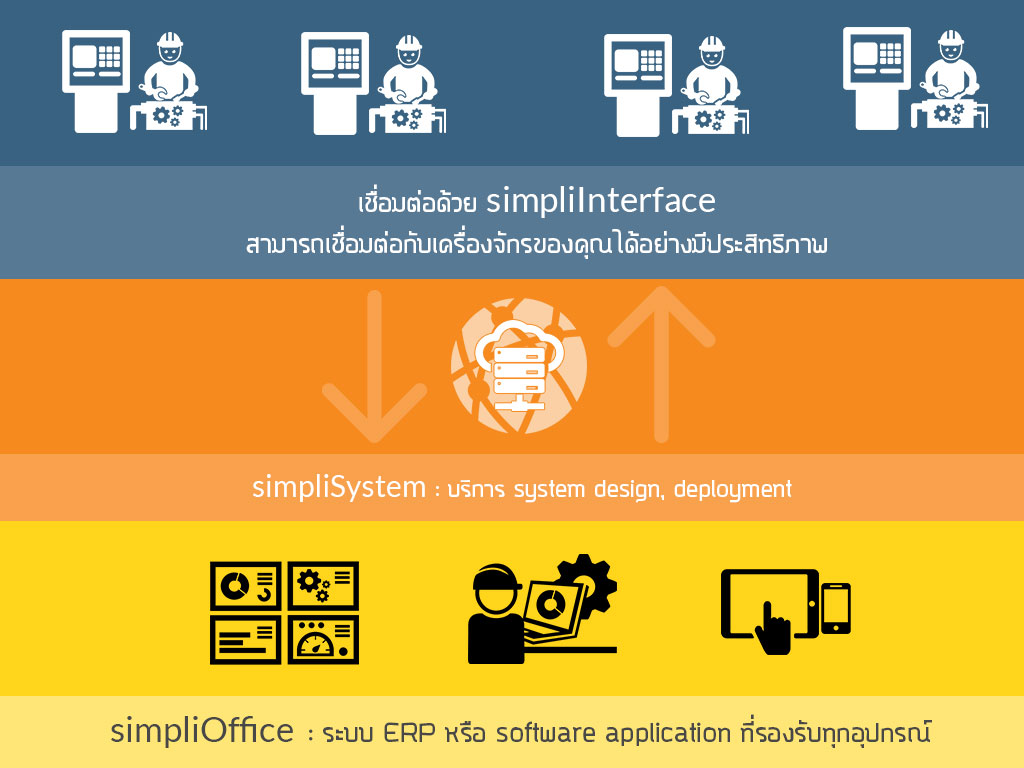Thinking Better with Code: Using Mathematical Shortcuts to Master Large Codebases
Inspired by Marcus du Sautoy’s “Thinking Better: The Art of the Shortcut”
🚀 Introduction
Opening a massive codebase can feel like staring into chaos. Thousands of files, layers of logic, endless functions—it’s tempting to brute-force your way through and read everything.
But as mathematician Marcus du Sautoy shows in Thinking Better: The Art of the Shortcut, progress doesn’t come from brute force. It comes from shortcuts—clever strategies that skip wasted effort while still getting us to the right result.
This post explores how to apply mathematical shortcuts to understand and customize large software projects faster and with less pain.
🧩 Shortcut #1: Patterns & Symmetry → Spot the Repeats
Mathematicians love symmetry because it reveals hidden structure. Software systems also have repeating shapes.
👉 How to use it:
- Look for feature folders or repeated app structures.
- In Django: each app has the same skeleton (
models.py,views.py,serializers.py). - In Vue: each feature has its own
routes.ts,api.ts,views/.
Shortcut: Once you understand one, you understand them all.
🧩 Shortcut #2: Abstraction → Strip to the Essentials
Abstraction is about ignoring details until the structure appears. In code, that means mapping modules and data flow.
👉 How to use it:
- Generate an imports graph (Python:
pyan3 … > imports.dot). - Scan for data contracts (
BaseModel,Serializer,Schema)—these define the real boundaries.
Shortcut: Instead of chasing functions, see the network of relationships.
🧩 Shortcut #3: Probability & Sampling → Read the Most Likely Files
Probability avoids checking everything—just a smart sample. Same with codebases: not every file matters.
👉 How to use it:
-
Find largest + most-edited files with:
git log --name-only --pretty=format: | sort | uniq -c | sort -nr | head -50 - Read those first—they usually encode the critical business logic.
Shortcut: Learn the heart of the system in hours, not weeks.
🧩 Shortcut #4: Algorithmic Thinking → Index, Then Query
Mathematicians use algorithms to skip manual effort. Developers should too.
👉 How to use it:
- Index code with LSP, Treesitter, and ctags.
-
Write
ripgrepqueries for recurring questions:- Routes:
rg "router\.|urlpattern". - Object creation:
rg "Factory|create\(". - Side effects:
rg "requests\.|axios\(".
- Routes:
Shortcut: Stop scrolling—start querying.
🧩 Shortcut #5: Invariants → What Must Never Change
Math proofs lock down truths. In software, invariants do the same.
👉 Examples:
- Database schema rules.
- API request/response formats.
- Permissions and roles.
- Event names.
Shortcut: Write quick contract tests to guard them before customizing.
🛠️ Customization Shortcuts
Once shortcuts reveal the structure, you can attach new logic without breaking the core.
-
Django Seams:
- Middleware → global concerns (logging, IDs, auth).
- Signals → trigger side effects.
- Serializers → adjust API payloads.
- Management commands → operational hooks.
-
Vue Seams:
- Axios interceptors → request/response shaping.
- Router guards → authentication and feature flags.
- Feature folders → extend with symmetry.
🔀 Decision Shortcut: Where Should You Customize?
Here’s a visual shortcut for deciding whether to attach to an existing seam, or fork core code:
flowchart TD
A["Need new behavior?"] --> B{"Is there a seam?<br/>(middleware / signal / interceptor / plugin)"}
B -- Yes --> C["Attach adapter / plugin<br/>(use seam)"]
B -- No --> D{"Can it be wrapped?"}
D -- Yes --> E["Create facade / service layer<br/>around existing code"]
D -- No --> F["Minimal fork or patch<br/>(last resort)"]
C --> G["Leave core untouched"]
E --> G
F --> H["Document & test heavily"]Shortcut: Default to seams → wrappers → forks only if absolutely necessary.
⏱️ The 90-Minute Repo Playbook
- 0–10 min: Skim
README, configs, and folder tree. Draw the symmetry map. - 10–30 min: Build imports graph, note entry points & data contracts.
- 30–60 min: Sample top 10 files by churn. Identify invariants.
- 60–90 min: Plan customization through seams. Write smoke tests.
🎯 Conclusion
Large codebases can feel like mazes, but mathematics shows us mazes always have shortcuts. By applying ideas like patterns, abstractions, probability, algorithms, and invariants, we move from brute-force reading to strategic understanding.
With these shortcuts, you don’t just survive legacy systems—you bend them to your needs without breaking their core.
That’s the art of thinking better with code.
Get in Touch with us
Related Posts
- AI驱动的医院信息系统纵向整合(Vertical Integration)
- How AI Enables Vertical Integration of Hospital Systems
- 工业AI系统中的AI加速器 为什么“软件框架”比“芯片性能”更重要
- AI Accelerators in Industrial AI Systems: Why Software Frameworks Matter More Than Chips
- 面向中国企业的系统开发:以 AI + 工作流安全集成电商与 ERP
- Global-Ready System Development for EC–ERP Integration with AI & Workflow
- 不可靠的“智能”系统所隐藏的真实成本
- The Hidden Cost of ‘Smart’ Systems That Don’t Work Reliably
- GPU vs LPU vs TPU:如何选择合适的 AI 加速器
- GPU vs LPU vs TPU: Choosing the Right AI Accelerator
- 什么是 LPU?面向中国企业的实践性解析与应用场景
- What Is an LPU? A Practical Introduction and Real‑World Applications
- 面向软件工程师的网络安全术语对照表
- Cybersecurity Terms Explained for Software Developers
- 现代网络安全监控与事件响应系统设计 基于 Wazuh、SOAR 与威胁情报的可落地架构实践
- Building a Modern Cybersecurity Monitoring & Response System. A Practical Architecture Using Wazuh, SOAR, and Threat Intelligence
- AI 时代的经典编程思想
- Classic Programming Concepts in the Age of AI
- SimpliPOSFlex. 面向真实作业现场的 POS 系统(中国市场版)
- SimpliPOSFlex. The POS Designed for Businesses Where Reality Matters














